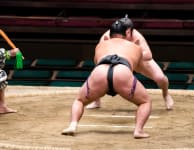While sumo is Japan's national sport, baseball is one of Japan's most popular
Baseball in Japan is extremely competitive, passionately played, and commands a very loyal following. People show up in droves not only to support their favorite pro teams but also watch the intense, biannual national high school tournaments. While at first glance it may not seem so different from the American game, just like convenience stores and Christmas, it has definitely been Japanified. If you are in Japan during the baseball season—March to October—book a ticket, buy a scarf and have fun at the Japanese ballgame.
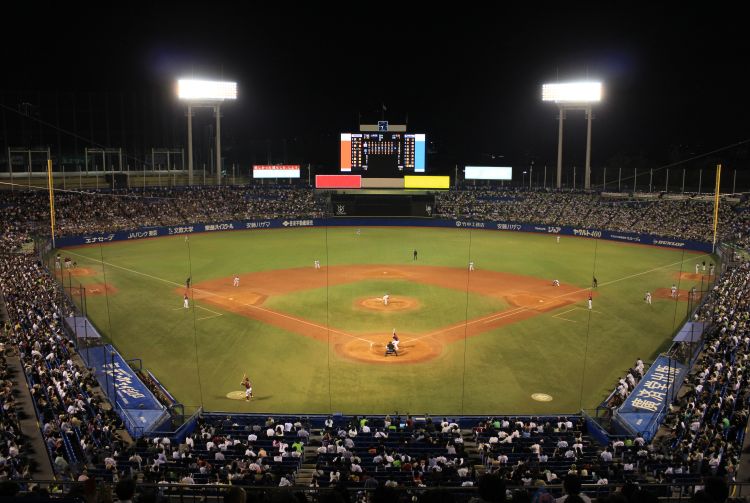
Watching a baseball game in Japan is a fun experience
NPB versus MLB—what are the differences?
Nippon Professional Baseball Organization (NPB) is the Japanese equivalent of Major League Baseball, and it's the highest level of baseball in the country. Baseball in Japan is locally called Pro Yakyu, and it is similar to MLB but with some distinct differences. Some of these differences include the fact that games can end in a tie. There are two conferences, the Central League and the Pacific League, and both of them have their own league playoffs. The league champions then play each other in the annual Nippon Series.
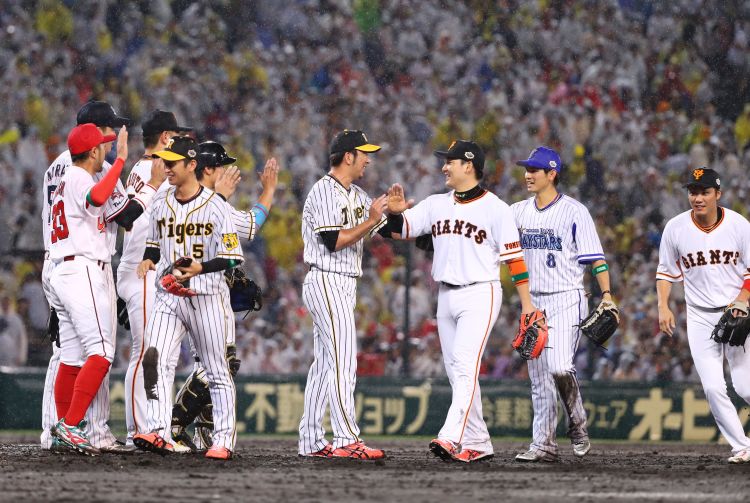
Catch a mid-summer All-Star game to see professional players in the NPB
Loyalty and local pride mean that players aren't traded around nearly as much as in MLB, but there are no feelings of betrayal toward players who make it abroad. That local pride becomes national when Japanese players show the rest of the world the power of NPB. Legendary player Ichiro Suzuki, who holds a virtually unbeatable MLB record of 262 hits in one season, is still idolized despite not having played in Japan for nearly two decades. When Hideki Matsui signed to the Yankees in 2002, Tokyo sent him off with honor. And recent 2018 American League Rookie of the Year Shohei Ohtani is making joyful headlines in his home country.

High school baseball is very popular in Japan
National high school baseball at Koshien
Arguably bigger than NPB is the summer National High School Baseball Championship and spring invitational tournament, both held annually at Hanshin Koshien Stadium in Hyogo Prefecture.
In terms of public popularity, audience pull, and the possibility of players being drafted to a professional team, it's easy to draw parallels between Koshien and NCAA basketball. But Koshien participants are younger. Emotions run very high during the tournament as the country is glued to their TV screens. Victory opens doors to future careers in the NPB, with top players becoming overnight national sensations fought over by teams wanting to draft them. Spring and Summer Koshien are massive, passionate, tear-jerking and unlike any other baseball tournament in the world.
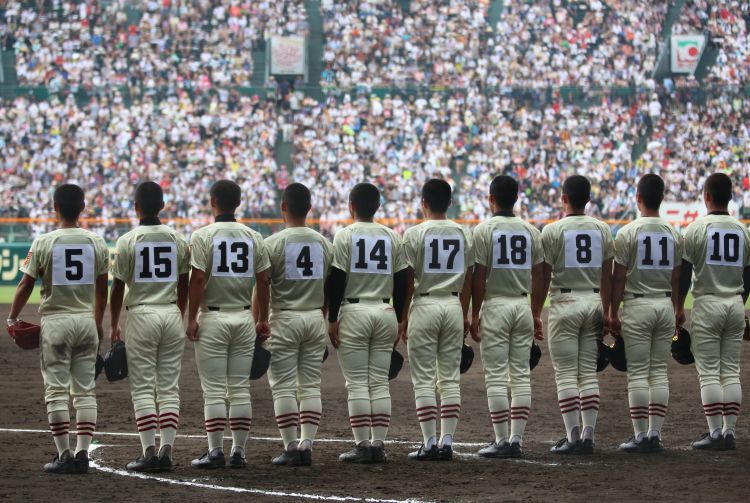
If you are in the Kansai region during the tournament period, head to the stadium to enjoy a day of decent high school baseball and the passionate support by the teams' brightly dressed high school brass bands and cheerleaders. Be aware, however, that temperatures get very high in the summer, so prepare adequately for some searing heat. Also, tickets may be harder to come by during the weekends and as the tournament gets closer to its conclusion.
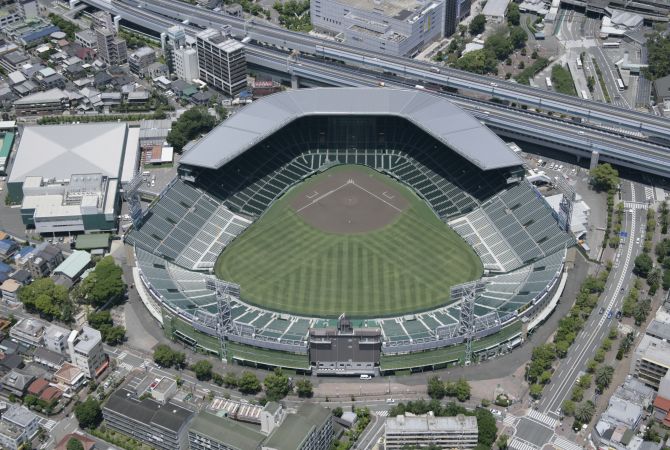
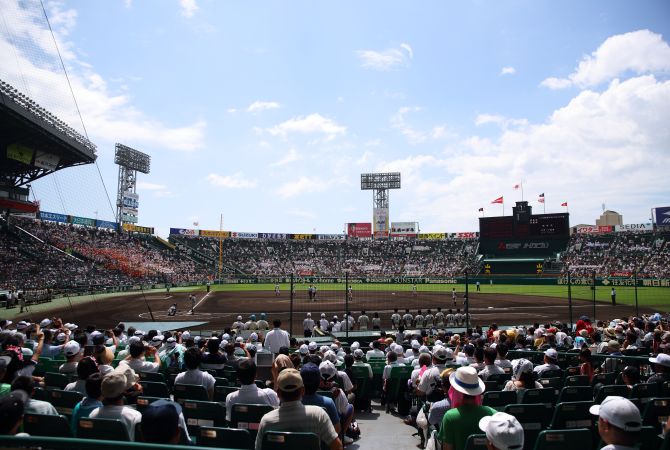
Hanshin Koshien Stadium is the stage for the annual National High School Baseball Championship
The interactive cheering squad
The driving force of support comes from the oendan—or the teams' dedicated cheering squad of fans. Not to be confused with high-kicking, pom-pom waving cheerleaders, the oendan style of support is less about performance and more about mass audience participation. Often dressed in traditional festival garb emblazoned with respective team logos, the oendan pound taiko drums, blare out brassy melodies, wave flags and call out sophisticated but catchy cheers whose words change not only depending on which team they're facing but which player is currently at bat. Impressively, they never stop. Even if their team is losing badly, the oendan tirelessly supports their team to the bitter—sometimes inevitable—end.
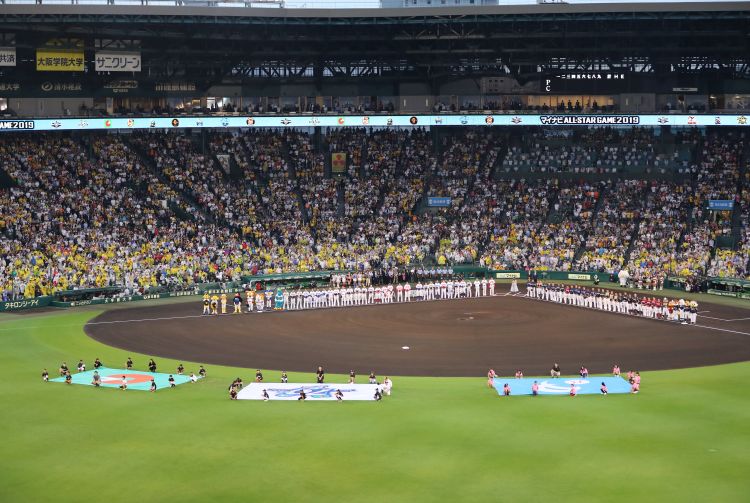
The passionate cheering of Japanese baseball fans adds to the experience
It is easy for regular fans to jump on the oendan bandwagon. While they might not show such intense support, fans in other sections of the stadium cheer along faithfully, waving their team's chosen paraphernalia—from small plastic bats to colorful scarves to tiny umbrellas—and gleefully bellow out a signature song and dance every time their team scores a run.
While there are intense rivalries between teams, the atmosphere is almost always convivial, and there is very rarely trouble between rival fans. But if you choose to sit in the home or away cheering sections, supporting and wearing opposing team apparel should be avoided. And if you don't know the cheers, don't stress: noisemakers, rocket balloons and colorful flags are an easy way to join the fun.
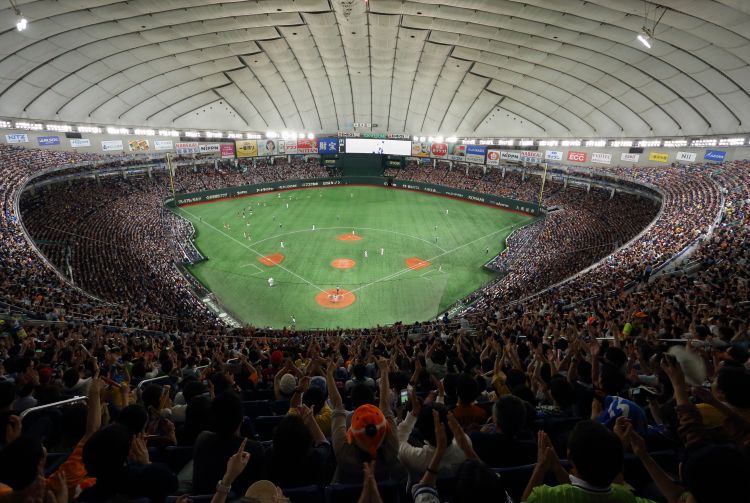
Enjoy cheering along with the crowd
Getting to a game
You can buy tickets to baseball games in a variety of ways. Some easy ways are to purchase online or at convenience stores. Alternatively, you can get them at the stadiums themselves or at discount ticket shops. To secure seats, it is best to buy in advance.
Weekend games can sell out quickly, and it can be hard to get tickets when there is a particularly intense rivalry between two teams—the Tokyo Yomiuri Giants versus Kansai's Hanshin Tigers for example. However, teams normally play six games per week during the season, so try and fit in an evening or afternoon game into your schedule.
Tickets to the spring and summer high school tournaments at Koshien can be reasonably cheap, but consider getting there early. The stadium fills up surprisingly quickly, even on weekdays when most people should be working. One ticket gives you access to all the games played on that day, which can be up to four during the earlier rounds.
Filling up on food and drink
There is plenty of food and drink on offer at stadiums including some Japan-original creations that you are unlikely to find anywhere else. For drinks, you only need to raise your hand. A tribe of young staff with kegs of beer strapped to their back—among other soft drinks and snacks—stomp up and down the stadium steps serving ice-cold, sudsy beers.
One useful thing to note is that you're welcome to bring your own food and drink. Bento boxes are a common sight at games that take place during meal times. Drinks are also allowed, as long as you pour cans out into provided plastic cups.
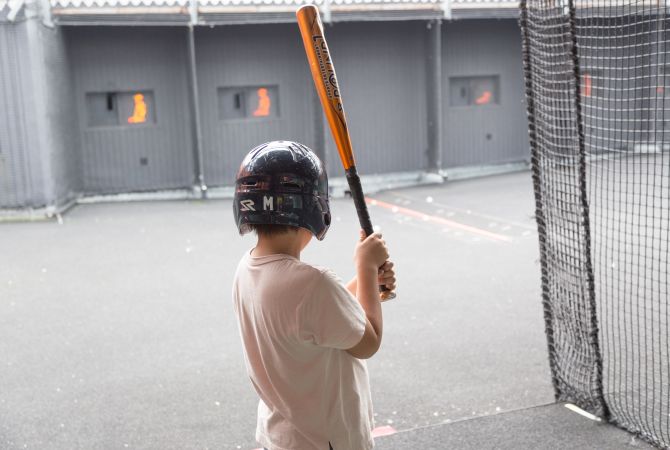
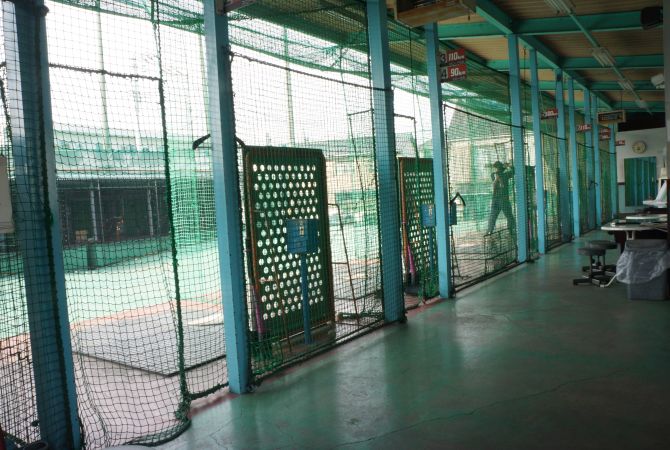
Hit a few balls in Japan's batting cages
Batting cages
If you can't make it to a game but still want to experience some of the fun of Japanese baseball, consider heading to one of the batting cages. They are dotted all over Japan and are very user-friendly. You pay by the batch of balls—generally starting with 20—and there are bats, helmets and batting gloves available for public use. These batting centers range in quality from rough-and-ready to more high-tech, with some offering lifelike visuals of famous NPB pitchers hurling their best fastballs at you at speeds of up to 170 kph. Choose an appropriate speed and take a swing.
The latest information may differ, so please check the official website


























































